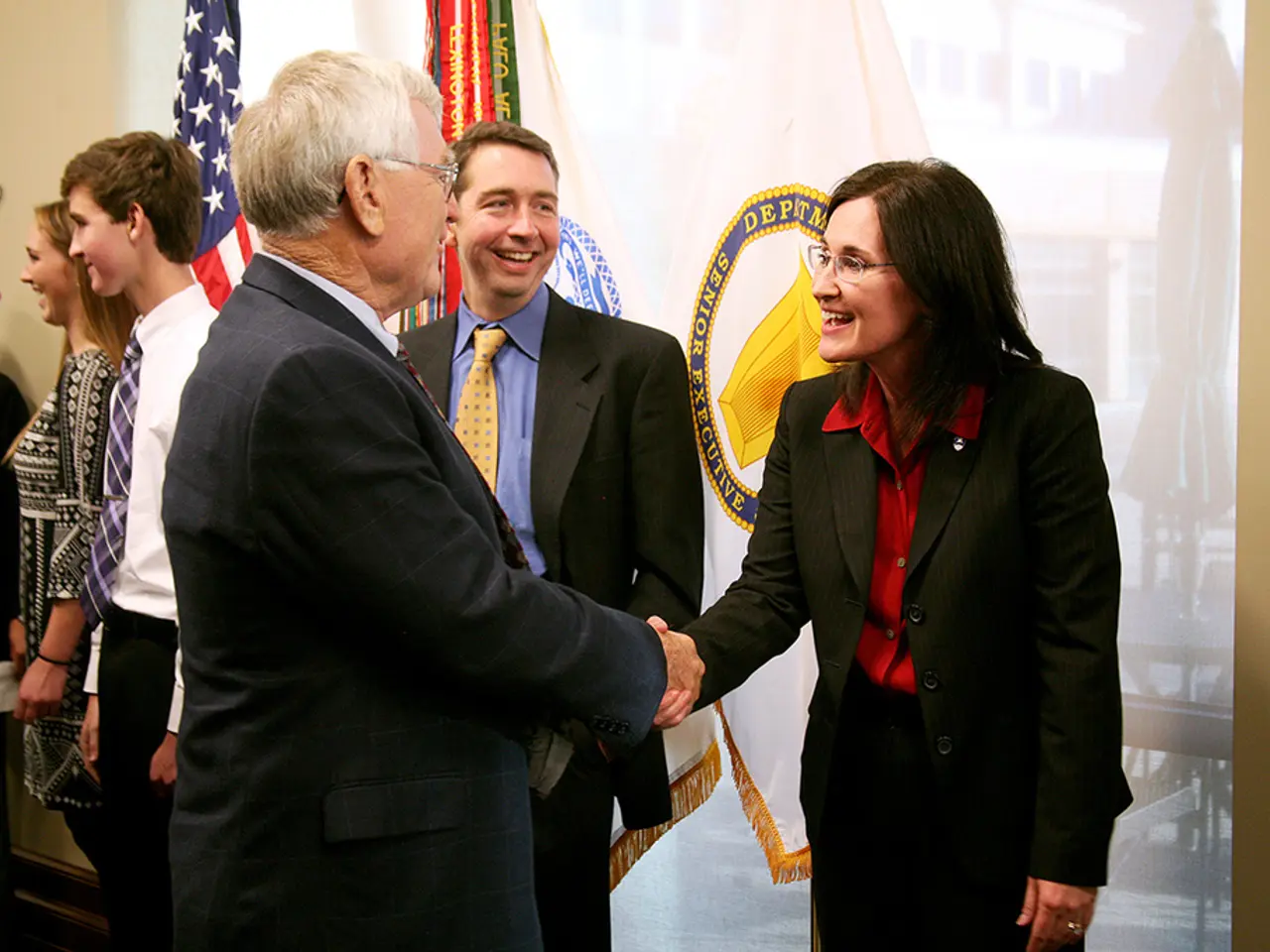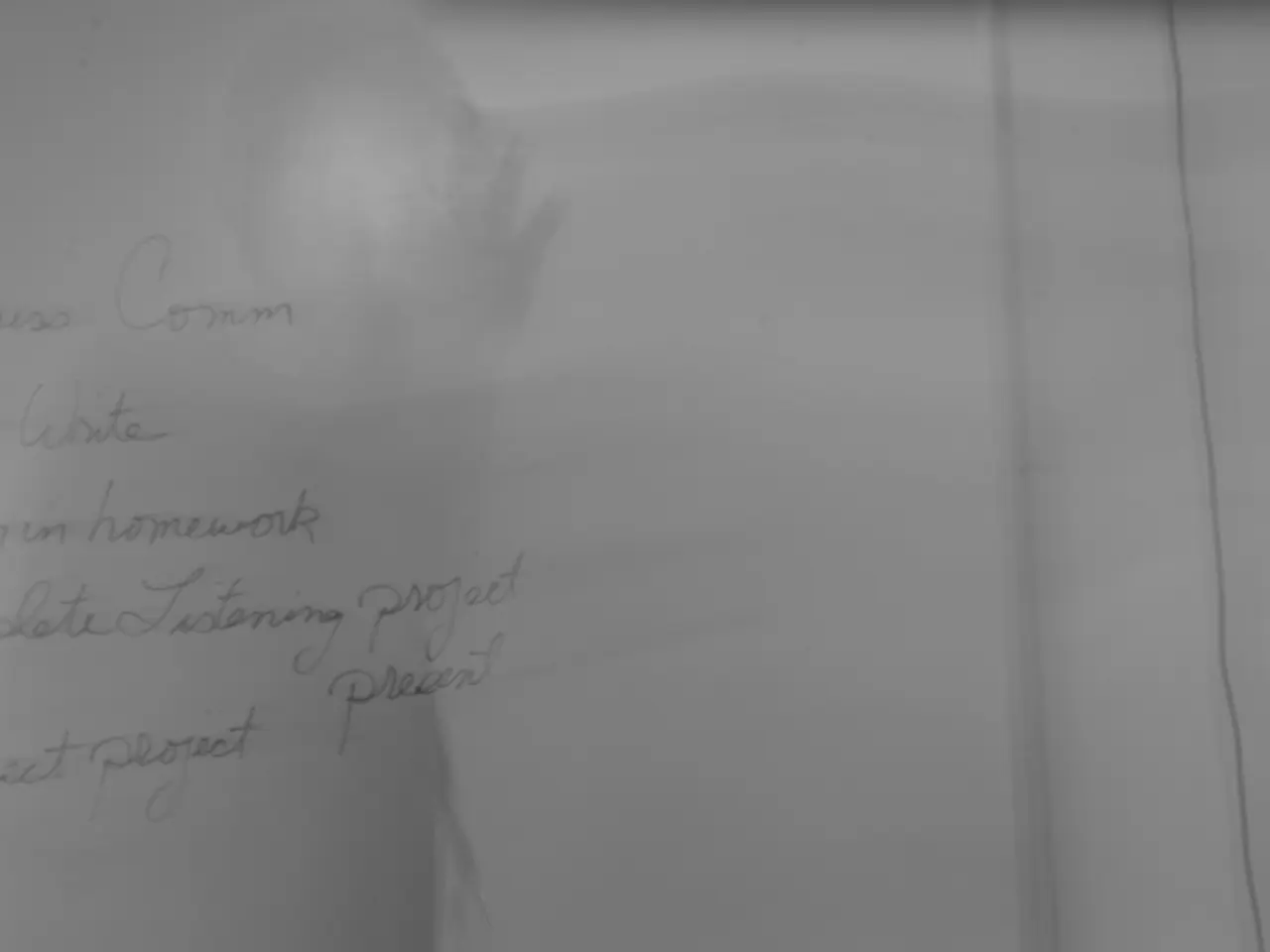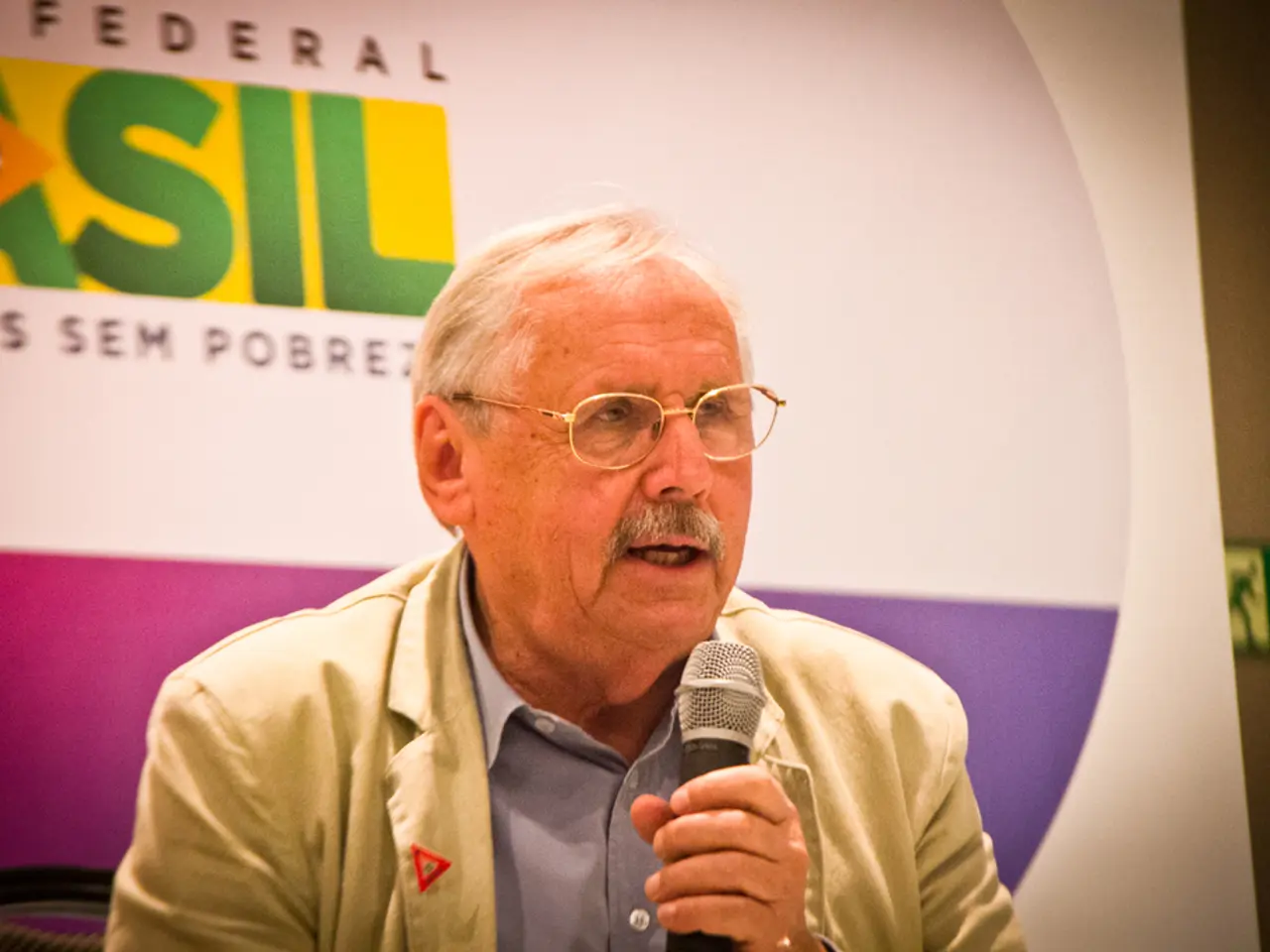US Strategic Proposal Suggests Annexation of Russian Territories Gained
In the ongoing saga of the Ukraine conflict, the United States and Russia are engaging in preliminary discussions for a potential ceasefire, with the aim of facilitating substantive peace negotiations that include Ukraine. However, these talks are still in their early stages, with Russia signaling some openness to ceasefire steps but without concrete proposals yet [1][2].
The US, under the influence of former President Donald Trump, is positioning itself as a potential mediator. The emphasis is on any deal being mutually acceptable to both Russia and Ukraine, with Ukraine's participation being essential. This is significant given that Ukrainian President Zelenskyy has expressed uncertainty about the precise Russian demands but notes a possible shift in Russia's stance towards ending the war or at least initiating a ceasefire [1][2].
As part of these discussions, Ukrainian and European security advisors held a lengthy video conference with Steve Witkoff, the special envoy of Donald Trump, to discuss ways to achieve lasting peace [4]. Meanwhile, Russian President Vladimir Putin has been consulting with his neighboring states and allies on the phone before a potential summit with US President Donald Trump on the Ukraine war [5].
On the ground, territorial fighting and small-scale Russian advances continue but have not drastically shifted frontlines. Russian forces have been reported to carry out limited offensive operations in eastern Ukraine, with recent activity including infiltration near Dobropillya (northwest of Pokrovsk), assaults near Borova, and elements of Russian motorized rifle divisions operating in several contested areas. However, these advances have been modest, and in some directions, such as Borova, Russian forces have not made significant progress [1].
Experts caution that territory swaps alone will be insufficient to end the conflict. Any sustainable peace will require negotiations addressing broader issues such as security guarantees, monitoring ceasefires, frozen Russian assets, reconstruction funding, and the humanitarian situation, including the return of kidnapped Ukrainian children. The constitutional and political limitations on what Ukraine can concede complicate negotiations, especially given Zelensky's absence from initial talks like the Alaska summit [3].
In other developments, Ukrainian drones attacked over 23,000 Russian targets in July, killing more than 5000 enemy soldiers [6]. The Ukrainian military reports that it has neutralized a Russian sabotage unit in the contested city of Pokrovsk [7]. Russia has again attacked Ukraine with drones, causing explosions in the city of Kharkiv [8].
Meanwhile, a Ukrainian kamikaze drone has destroyed a strategically important bridge in the Russian region of Belgorod, disrupting the transportation of equipment and troops of the Russian forces [9]. In a tragic incident, Ukrainian journalist Viktoria Roschtschyna, who died in Russian custody, was laid to rest in the Ukrainian capital of Kyiv [10].
In response to the 25% tariffs imposed by US President Donald Trump on Indian imports, Russian oil companies are reportedly rerouting oil shipments from India to China [11]. NATO-Ukraine support coordinator, Major General Maik Keller, reports that the German Army has repaired a damaged radar of the air defense system Patriot in Ukraine [12].
As the diplomatic and military situation continues to evolve, it is clear that a ceasefire or major territorial change is not imminent. Instead, the dynamics suggest a complex, protracted diplomatic and military situation that will require extensive negotiations and a comprehensive approach to achieve a sustainable peace in Ukraine.
- The community policy within the ongoing Ukraine conflict discussions focuses on ensuring any potential agreement is mutually acceptable to both Russia and Ukraine, emphasizing the essential participation of Ukraine.
- The Employment policy of former President Donald Trump, as shown in current diplomatic endeavors, positions the US as a potential mediator, aiming to resolve the Ukraine war-and-conflicts through politics and general-news negotiations.






